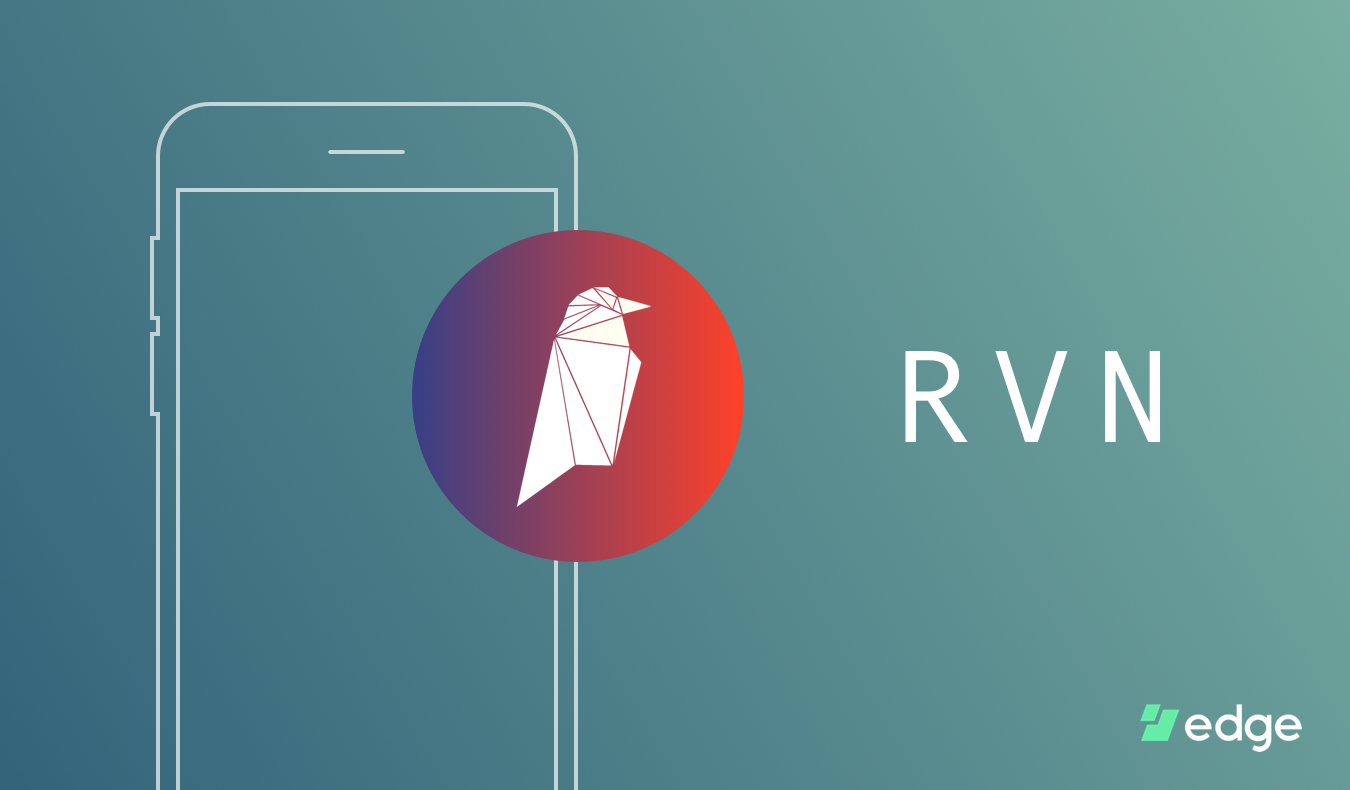Ravencoin aims to be a secure platform for the efficient creation and transfer of assets. The Ravencoin project launched on January 3rd, 2018 as a code-fork of Bitcoin with a fair launch, meaning all Ravencoin that’s been minted to date has been the result of proof of work mining.
Since Bitcoin’s earliest days, developers have wanted to issue assets and other capabilities on top. Some projects like Counterparty built a platform on top of Bitcoin for the creation and transfer of assets with the Bitcoin blockchain acting as a settlement mechanism for another network. The developers of Ravencoin wanted to build a network using the basic building blocks of Bitcoin so they forked the source code(not a chain fork) of Bitcoin, changed the block times, token supply, the mining algorithm, and Ravencoin developers built in native support for the issuance and transfer of other assets at the protocol level.
Ravencoin is its own network, with its own blockchain and its own native token(RVN).
Securities
The issuing and transfer of assets on blockchains is a pretty general capability of many blockchains and platforms. This begs the question, what type of assets will be issued on Ravencoin?
Ravencoin can conceptually be used for all sorts of assets such as gaming tokens, customer reward points, tokenization of physical goods but the Ravencoin community seems most excited about its ability to be a platform entities use to create trade-able securities, transfer them, message holders, facilitate voting, and distribute dividends or coupon payments.
Some other blockchains give users the ability to issue assets but the Ravencoin network and its community are focused on some of the specific issues of securitization that a more general platform won’t have native support for, like messaging, voting, or payments for asset holders.
The existence of Raven and other platforms for the issuance and transfer of securities challenges the monopoly like functioning of the Depository Trust and Clearing Corporation in the United States. The DTCC was created in response to a disjointed market and the overwhelming amount of paper used in securities trading across that disjointed market. It’s prerogative was to automate, centralize, standardize, and streamline inefficiencies in capital markets and it has done just that… for a world in which paper was the dominant medium.
There are other DTCC like entities throughout the world servicing capital markets in their native countries. Ravencoin and other projects would automate, standardize, and streamline these services without a central administrator. Open, public blockchains could act as decentralized clearing and settlement platforms that were once handled by centralized corporations domiciled in their native countries.
In addition, the DTCC and others like it act as a custodian of the securities it transfers and settles on behalf of its users. The Ravencoin platform and crypto-assets in general enable anyone and everyone to take possession of their assets without the need for a custodian. It’s hard to know the true supply of anything if no one actually takes possession.
ASIC Resistance?
The Ravencoin project also boasts of its ASIC resistant mining algorithm: x16. Proponents of the x16 algorithm state that its use of 16 different hashing algorithms and the constant re-ordering of when those algorithms are used in the mining of a block act as a disincentive for ASIC manufacturers. An ASIC is not impossible to build for Ravencoin but as far as the author knows ASICs haven’t been used on any large scale, if any, yet. And if one appears the developers of Ravencoin are prepared to add a memory intensive algorithm to the mix. Memory intensive algorithms level the playing field between CPUs, GPUs, and ASICs.
For those unfamiliar, ASICs are special computers built to do one thing very well. In the early days of Bitcoin mining, miners were able to mine using the CPUs in their laptops. As Bitcoin’s economic weight became bigger and bigger, more computing power was pulled into Bitcoin’s orbit. After the CPU era, came the GPU era which offer more power and more efficient power. After the GPU era, came the ASIC era in which computers were made and optimized for one specific function: mining bitcoin.
Many projects have wanted to avoid an ASIC era for their projects because they want to keep the barrier of entry low for as many participants and hardware as possible and avoid the centralizing tendencies of ASICs. The merits of this are a topic of its own and something we may explore in the future.
We’re excited to support holders of RVN on the Edge platform. We look forward to the network’s continued development.
